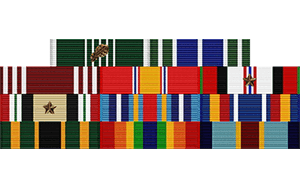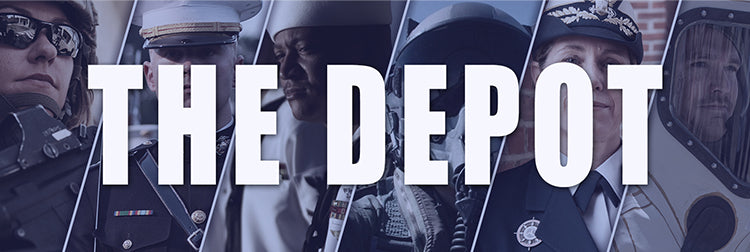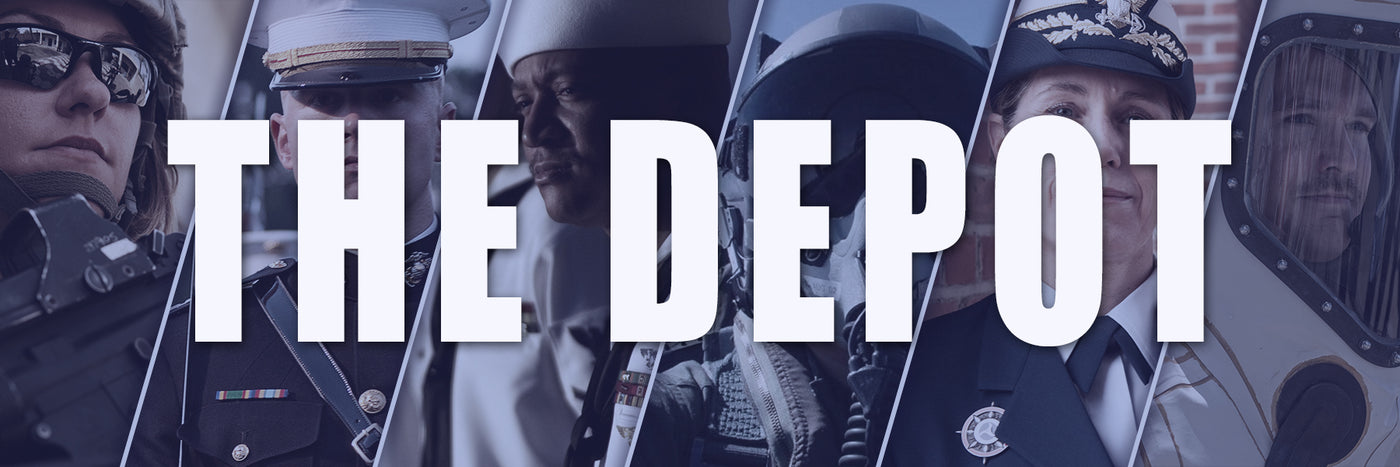
The Evolution of the Thin Ribbon Rack
In the early 1900s the U.S. military wanted to make it easier for their personnel to wear awards and decorations on their duty uniforms, so the ribbon rack was created....
Steven Alvarez |
ARMED FORCES SUPER STORE 1-877-653-9577 | 8 - 7 CST MON-FRI



In the early 1900s the U.S. military wanted to make it easier for their personnel to wear awards and decorations on their duty uniforms, so the ribbon rack was created....
Steven Alvarez |

Two U.S. Coast Guardsmen earned the Distinguished Flying Cross and two others the Air Medal after a daring nocturnal mountainside rescue during the 2019 California wildfires.
Blog Staff |